CMMI Prioritizes Multi-Payer Alignment in New Models
NCQA
OCTOBER 31, 2023
“ It’s a marathon, not a sprint ,” said Liz Fowler, Director at the Center of Medicare and Medicaid Innovation (CMMI), during a recent Fireside Chat with NCQA Executive Vice President Eric Schneider. And then we’re also developing an approach for certification based on quality improvement and patient experience.”

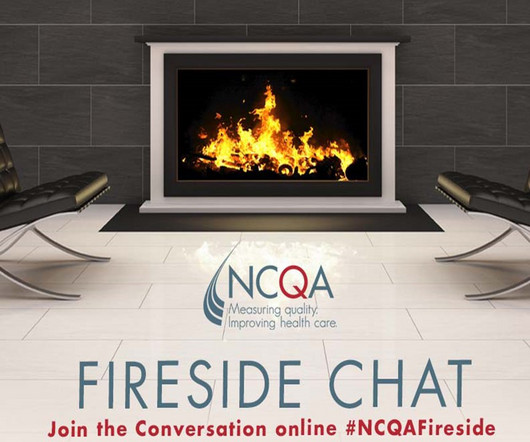

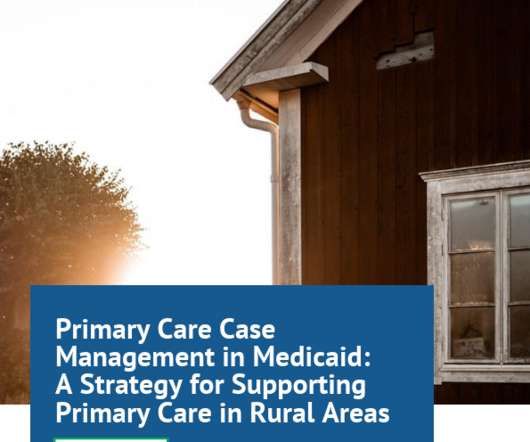

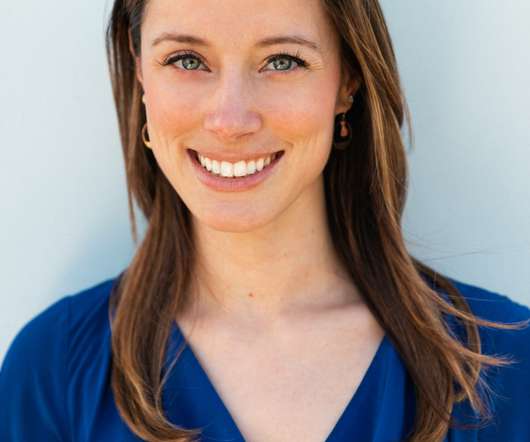
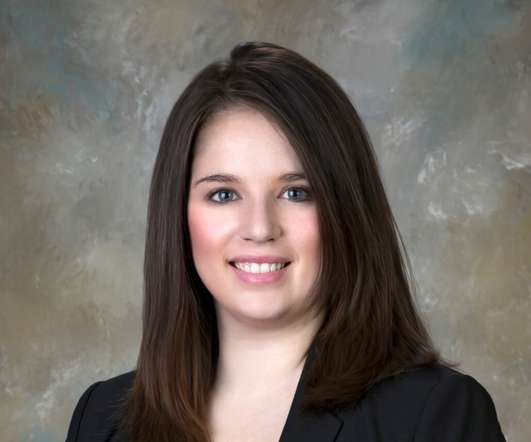

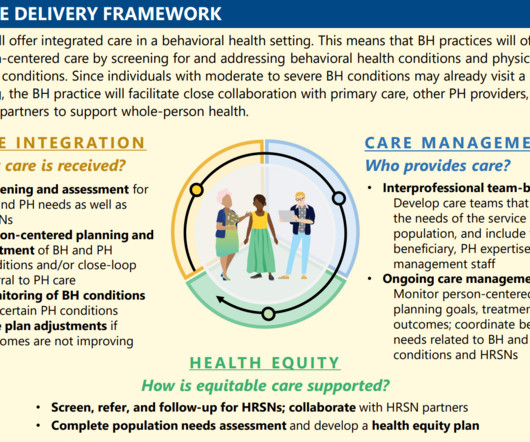

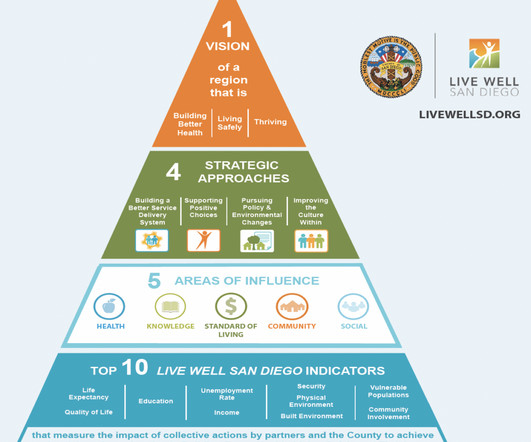








Let's personalize your content